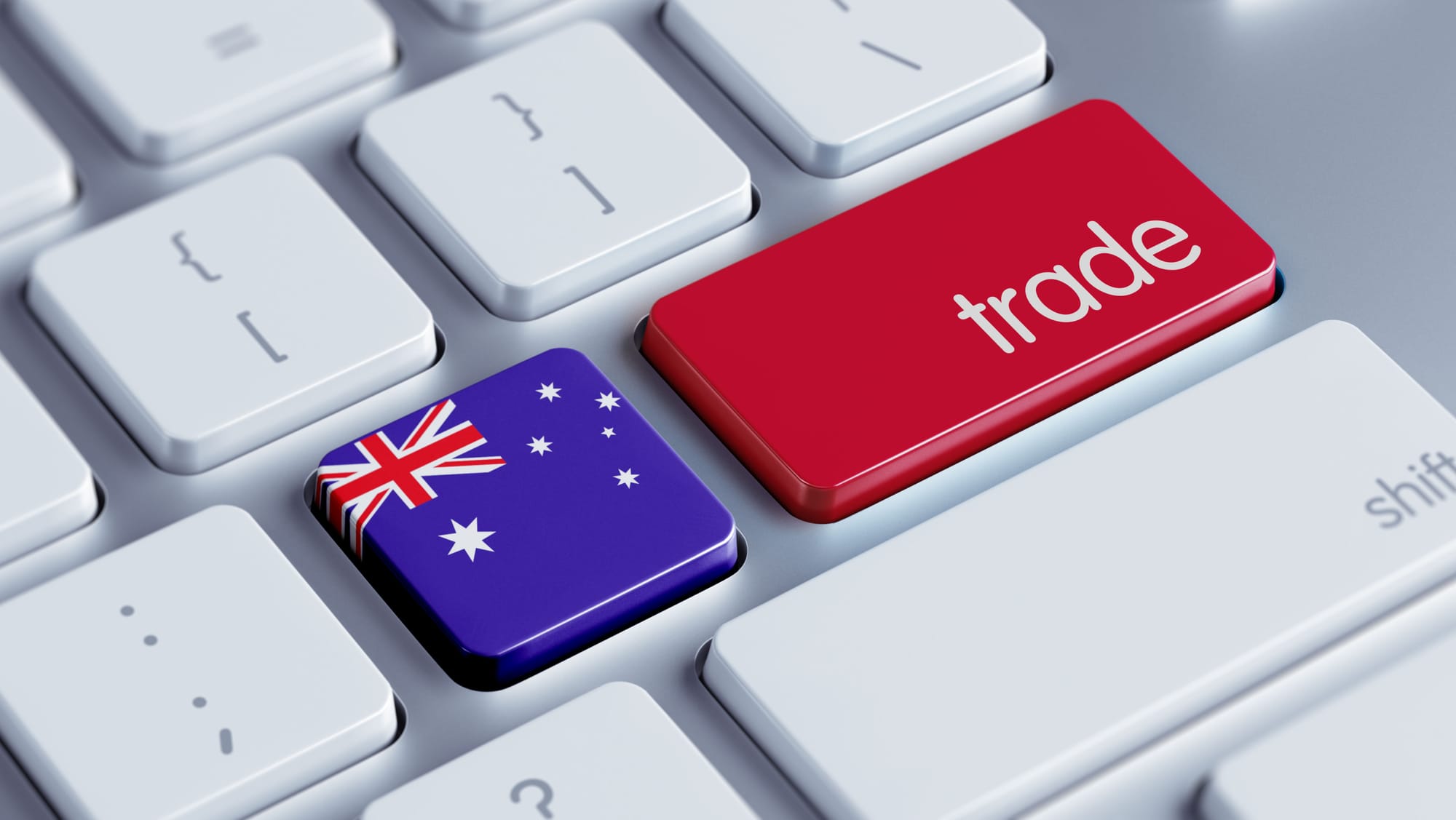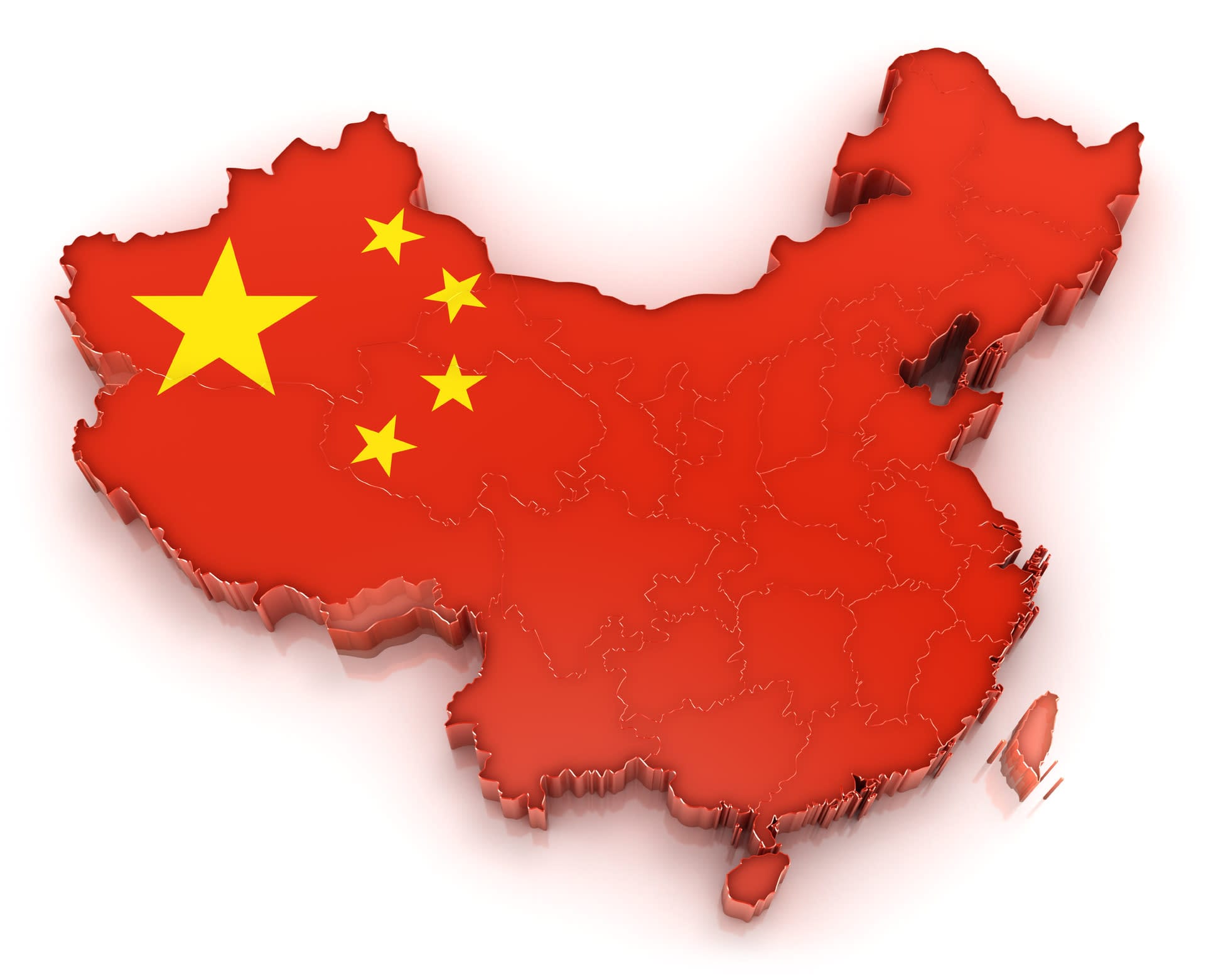
Last week’s release of the first Foreign Policy White Paper in 14 years is an opportunity for Australians to reflect on the state of global politics and our place in it. This White Paper describes a troubled world, one that is “contested and competitive”. A stated ambition is to identify opportunities for prosperity amid the challenges, while also, in the Prime Minister’s words, upholding our values and remaining “sovereign, not reliant”.
What follows are snapshot analyses of the White Paper’s key themes from Monash University’s Politics and International Relations team.
Free trade
Dr Remy Davison, Senior Lecturer, Politics
Free trade is the centerpiece of the 2017 White Paper, emphasising the investment and employment benefits of Australia’s global network of trade agreements. The White Paper clearly articulates a policy of “aggressive bilateralism”, designed to consolidate bilateral, plurilateral and regional trade and investment links throughout the Asia-Pacific and beyond.

Forging agreements with India, the Gulf Co-operation Council, the European Union and post-Brexit Britain are immediate strategic trade priorities. However, the Trump administration’s withdrawal from the Trans-Pacific Partnership (TPP) presents serious obstacles to Australia’s objective to develop a region-wide free trade area in the Asia-Pacific.
The paper acknowledges Beijing will remain Australia’s biggest partner, with $A155 billion currently in two-way trade. It recognises China will dominate consumption of Australia’s minerals exports, tourism and education services. However, Australia’s broader pivot to the Indo-Pacific should not be understated. Foreign Minister Julie Bishop has said that the ultimate goal is an Indo-Pacific free trade area, reiterating Japanese Prime Minister Shinzo Abe’s objective of “a free and open Indo-Pacific”. The White Paper recognises its strategic economic partnerships with India, Indonesia and Southeast Asia, noting that in 2016, “Australia’s trade with ASEAN countries was greater than with our second-largest bilateral trading partner, the United States”.
This is also the first Foreign Policy White Paper to acknowledge the need for an Australian digital strategy, estimating the value of the digital economy at 7.3 per cent of GDP by 2020. Digital trade will figure heavily in Australia’s future services trade agreements, particularly with major IT players, such as India.
Nuclear issues
Dr Maria Rost Rublee, Associate Professor, Politics and International Relations
The White Paper further cedes Australia's leadership on global nuclear governance. For decades, Australia has been a leader in both nuclear non-proliferation and disarmament, bringing together friends and allies to support the goal of eliminating nuclear weapons.

However, Canberra refused to participate in the negotiations for the Treaty on the Prohibition of Nuclear Weapons at the United Nations this past June, and was accused by some countries of attempting to undermine the process. The official explanation for refusing to participate in treaty negotiations, or for not signing the now open treaty, is that it ignores geopolitical realities.
In truth, Australia considers itself under the US “nuclear umbrella”, and therefore Canberra does not want to undermine the legitimacy of American nuclear weapons. This is despite the lack of public affirmation from Washington that it will respond to an attack on Australia with nuclear weapons.
This failure of leadership is cemented in the White Paper, which does not even mention the newly negotiated nuclear ban treaty. Instead, it focuses on tasks over which it has little to no influence, such as the negotiations for the Fissile Material Cut-off Treaty and entry into force of the Comprehensive Nuclear Test Ban Treaty.
The region and China
Dr Tom Chodor, Lecturer, Politics
One of the White Paper’s big innovations is the re-christening of the Asia-Pacific into the Indo-Pacific, which incorporates India into Australia’s regional calculations. Even with an expanded region, the White Paper reiterates familiar themes, highlighting the benefits to Australia from the growing prosperity of the Indo-Pacific over the past few decades, and outlining the even greater opportunities over the next decade as Asia’s middle class expands by more than a billion people.

Nevertheless, the White Paper also recognises the great change taking place in the region, driven primarily by a changing balance of power – with China challenging America’s predominance and the US questioning the costs of sustaining its global leadership. This recognition is a welcome step, especially compared to the previous White Paper in 2003, which underestimated China’s growing power and overestimated the capacity of the US to remain a unilateral superpower.
However, given the recognition of a region in flux, the White Paper’s response can perhaps be best summarised as “keep calm and carry on”. The policies proposed represent a continuation of existing practices: a broadening and deepening of the US alliance and an expectation that it will remain engaged in the Indo-Pacific; enhanced cooperation with other democracies in the region – especially India, now elevated to the front rank of Australia’s partnerships; and a strengthening of Australia’s military, outlined in last year’s Defence White Paper. It is not clear if these policies will prove sufficient, or that they offer anything new in a rapidly changing environment. Moreover, they all have the appearance of attempting to contain China, and the early response from the Chinese government and media suggests this is how it is being perceived. Whether this is feasible or sufficient remains to be seen, but in an era of “unprecedented change”, it hardly seems to add up to an “active, determined and innovative foreign policy”.
MENA (Middle East and North Africa)
Dr Ben MacQueen, Senior Lecturer, Politics
The Federal Government’s anxieties about instability and unpredictability resonate as the primary security concerns in the White Paper. Here, state fragility in the Middle East and Africa repeatedly emerge as core issues that threaten our national security.

The White Paper takes aim at quite specific targets in relation to these perceived threats. Topping the list is “Islamist terrorism and violent extremism”, which in the White Paper becomes a focus on “secure borders” and “irregular migration”. There is cursory mention of our obligations for resettlement, with the emphasis remaining on “border protection”.
Israel retains its exceptional status in relation to Australia’s engagement outside the region and the Anglosphere. Explicit mention is given to the two-state solution as our focus of advocacy, but this is framed in the context of Israeli security remaining an “abiding concern” for the Australian government.
Interestingly, there are subtle areas of difference in relation to the current US administration’s approach to the Middle East, notably in the stated commitment to the Joint Comprehensive Plan of Action in relation to Iran. Given the Trump administration’s signal that they would not certify the deal, Australia appears to have thrown its lot in with the field on this issue.
Gender equality
Associate Professor Katrina Lee-Koo, Reader in International Relations, and Professor Jacqui True, Politics and International Relations
The last DFAT White Paper, released in 2003, was entirely silent on the issue of gender equality. Fast-forward 14 years and references to gender equality are peppered throughout the 2017 White Paper, where it's presented in two ways: first, as core to Australia’s values, identity and “approach to the world”; and secondly, as a strategy to achieve our foreign policy goals. The White Paper notes, for instance, that “we support gender equality because eliminating gender disparities in the region would significantly boost per capita incomes” and because “gender inequality undermines global prosperity, stability and security”.

These are strong words. Moreover, they are words underpinned by emerging research, including by the Monash Gender, Peace and Security Centre, demonstrating clear links between gender equality and peace and stability. And they are words where DFAT can claim credibility – a number of its projects are dedicated to supporting gender equality worldwide, from its commitment to the Sustainable Development Goals to its funding for women’s leadership programs in PNG.
However, there is certainly opportunity for the White Paper to be more comprehensive and more explicit in its approach to gender equality. In a clear example, there is no reference in the White Paper to the United Nations’ Women, Peace and Security agenda, or to the implementation of Australia’s first National Action Plan on Women, Peace and Security, 2012-2018. This is a core area of Australia’s peace and security work – in both the hard and soft power approaches. It is referenced in the 2016 Defence White Paper and in Australia’s successful candidacy for the Human Rights Council, so its absence here is glaring.
In this sense, the White Paper is far from the feminist foreign policy that has been explicitly proclaimed by Sweden and Canada and implicitly adopted by a number of states. However, it clearly a step in the right direction.
Overseas development assistance
Dr Samanthi J Gunawardana, Lecturer, Gender and Development
The White Paper affirms Australia’s commitment to multilateral agreements such as the Sustainable Development Goals and the 2030 Agenda for Sustainable Development, along with the Paris Agreement on climate change. It's to be commended for strongly affirming Australia’s commitment to gender equality, and committing $500 million to a new humanitarian rapid response program.

But given that aid funding is at an all-time historic low, it is not readily apparent how this vision will be resourced. While some specific financial commitments are outlined, the aid program is not fully costed or funded in the Foreign Policy White Paper. This is in contrast to the 2016 Defence White Paper, which clearly outlined funding.
While the White Paper speaks of continuing current initiatives such as “aid for trade” programs, knowledge and expertise sharing, and the promotion of private sector growth and employment, the focus is on peace and security. It is explicit that aid is designed to strengthen Australia’s security by enhancing economic prosperity and providing humanitarian assistance in the region. The Paper acknowledges the interconnectedness of disasters (including disease pandemics, climate-induced environmental, economic and security impacts) and inequality, to issues such as economic instability, displacement, food insecurity, and water issues. These issues are identified as risks for Australia that may trigger extremism and instability.
Flipping Australia's White Paper





